Freeskates Purchase Guide
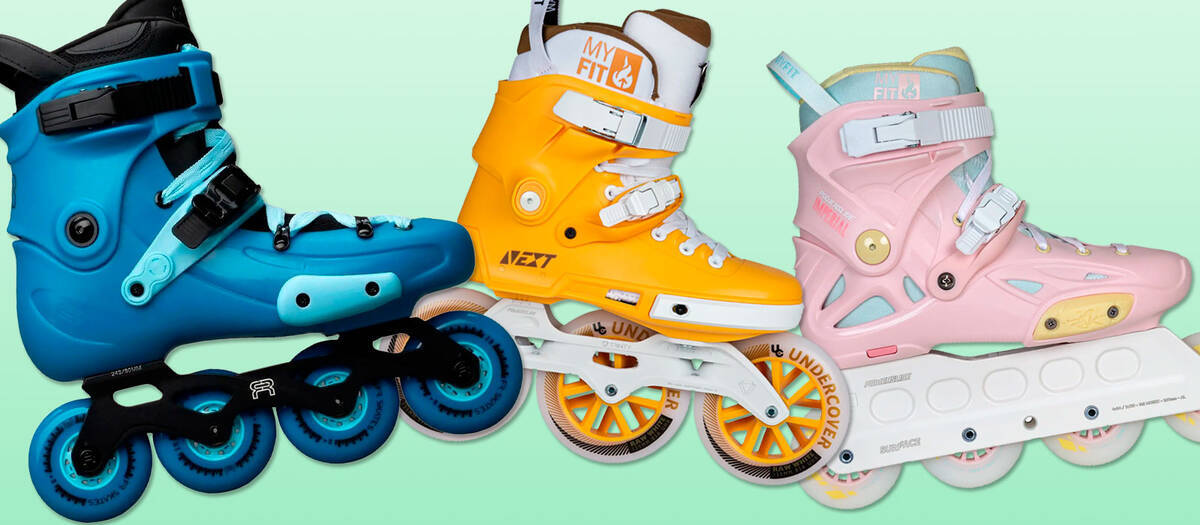
To find the optimal freeskates, you should choose a pair of inline skates tailored to your skating style and the terrains you frequently encounter. This guide will delve into essential elements of urban and freestyle inline skating, assisting you in locating the ideal freeskates that suit your style and aspirations.
Whether your interest lies in learning about urban inline skates or understanding what features enhance the agility of freestyle slalom skates, we aim to answer any inquiries you may have about freeskates in the sections below.
Overview
Overview
Inline Freeskates: Choosing What's Best for Beginners
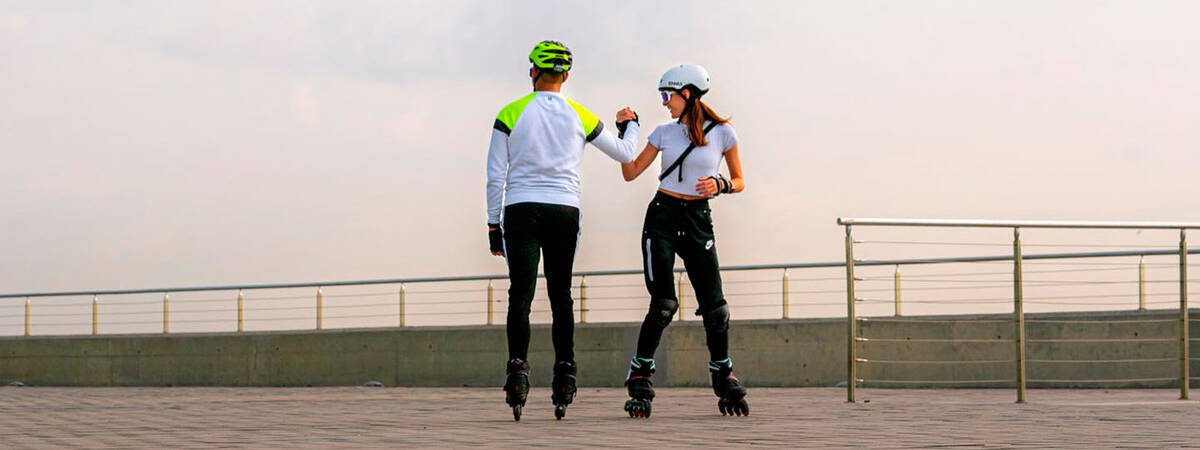
If you are just starting with freeskating, it’s advisable to select an adaptable pair that allows you to experiment with various styles in the sport. As your skills advance, specific styles may guide your selections. This general guidance is for novices interested in styles such as freeskating, freeriding, freestyle, and slalom in inline skating.
Key features to consider when selecting inline freeskates include:
- Comfortable liners: High-quality liners with proper padding and ventilation are crucial for long-lasting skating comfort. Choose moisture-wicking and breathable fabrics for cooler and more comfortable feet.
- Efficient buckle system: A reliable, adjustable buckle system offers a secure fit, granting optimal control and stability. Combining buckles, laces, and straps enables fine-tuning.
- Boots: Hard boots are recommended for freeskating as they are durable, rigid, impact-resistant, and provide excellent ankle support, ensuring stability. Moreover, hard boots generally respond better than softer ones.
- Ankle Support: Acquiring skates with appropriate ankle support is vital to prevent injuries and maintain straight ankles while executing tricks.
- Wheel sizes: Opt for 80 or 90 mm wheels for added stability. Larger wheels elevate your centre of gravity, making the skates harder to control.
- Wheel hardness: Softer wheels are usually preferred by novices as they grip better on uneven surfaces and absorb vibrations from the terrain.
Consider these basic guidelines while browsing our freeskate collection. Furthermore, you can sort the products by skill level, allowing you to view models suited to your proficiency.
What Does Urban Skating Involve?
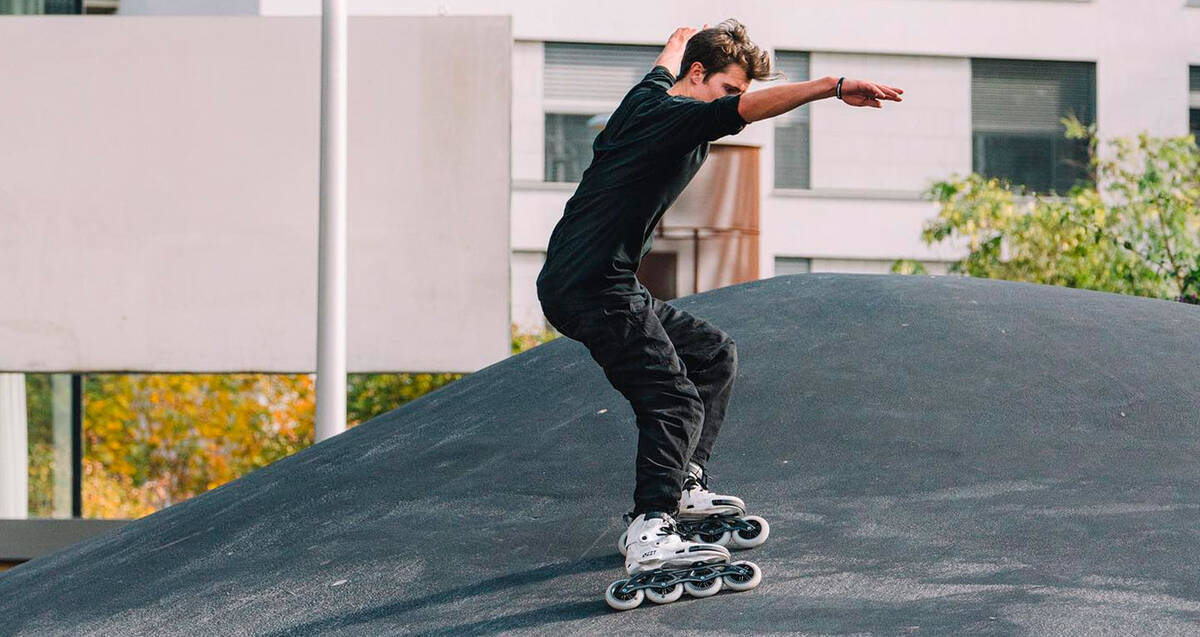
Urban skating, interchangeably known as street skating, revolves around traversing cities with speed and flair. It includes overcoming obstacles, descending stairs, and integrating smoothly with the urban environment. While sharing certain traits with aggressive skating, like stair-bashing and wall-riding, it excludes grinding. Urban freeskates are designed for dynamic, high-energy skating but are not meant for rail tricks.
Choosing the Best Inline Skates for Urban Skating
Urban skating requires a hard boot for longevity and a resilient frame to withstand impacts. Given the extended skating periods, comfort is paramount. Seek skates with well-padded liners that deliver both comfort and support.
Optimal Wheels for Urban Skating
Urban skates possess wheels designed for speed and nimbleness, typically measuring between 80 mm and 110 mm. Larger wheels aid in maintaining speed and momentum over long distances, while smaller wheels provide enhanced control. You may find 100 mm wheels more comfortable for tricks than 110 mm ones.
Wheel hardness for urban skates varies from 82A to 88A. On rough, uneven surfaces, softer wheels are beneficial as they absorb more vibration.
Explore information about wheels for inline skating:
An Overview of Freestyle Skating

Freestyle skating is synonymous with precision and technical maneuvers, encompassing spins, jumps, and slides. Typically, it unfolds on flat terrain, with lines of cones often used for skaters to weave through in diverse patterns.
Mastering Flow in Freestyle Skating
Flow is crucial in freestyle inline skating, referring to the ability to transition fluidly between various movements while maintaining control and equilibrium. Freestyle skating often parallels figure skating, with adept skaters appearing to glide effortlessly across the ground.
Understanding Slalom Skating
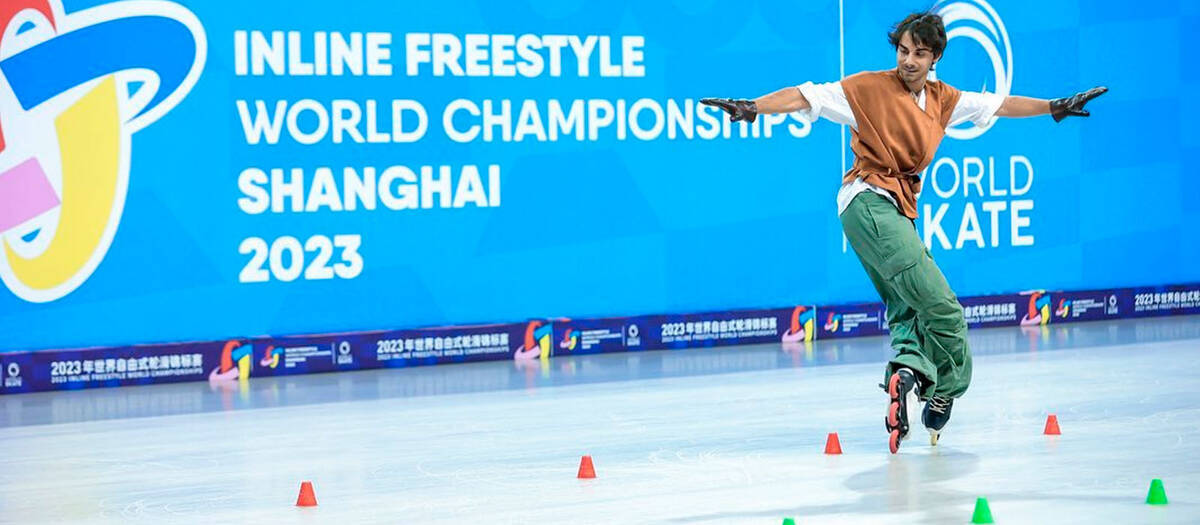
Slalom skating emphasizes weaving swiftly and accurately between cones, necessitating agility, balance, and excellent footwork. Slalom skates are equipped with smaller wheels and a shorter frame to enhance agility.
Ideal Skates for Slalom Skating
In slalom skating, a shorter frame and smaller wheels are integral for agility.
Advanced slalom enthusiasts may opt for a rockered wheel setup, wherein the middle wheels are larger than the front and rear wheels, fostering enhanced agility and ease in executing tricks. However, for beginners, rockered configurations can be difficult to manage, hindering basic learning.
Beginners can use most freeskates for slalom skating, but as expertise grows, exploring features that amplify precision and control becomes appealing. A rockered wheelbase markedly heightens flow during slalom skating. Another critical consideration is the liner – advanced skaters often prefer integrated liners for heightened precision and responsiveness.
Different Facets: Urban vs. Freestyle Skating
Urban and freestyle skating display numerous similarities, and they needn't be mutually exclusive.
Urban skating focuses on overcoming city infrastructures and diverse terrains. It involves jumping, stair descents, and tight navigation, incorporating elements from fitness skating and aggressive skating.
In contrast, freestyle skating emphasizes elegance and precision, akin to dancing on wheels, featuring fluid and graceful movements. Often considered synonymous with slalom skating, freestyle skating highlights purposeful design in motion.
Though these styles share overlaps, urban skating involves traversing cityscapes creatively, while freestyle primarily occurs on flat, smooth surfaces. Urban skating navigates live traffic; in contrast, freestyle weaves through cones.
Do you gravitate towards the brisk, obstacle-rich urban skating, or do the artistic aspects of freestyle skating hold more appeal? Your preferences will guide future upgrades to your freeskate setup.
Weighing Options: 3-Wheeled vs. 4-Wheeled Freeskates
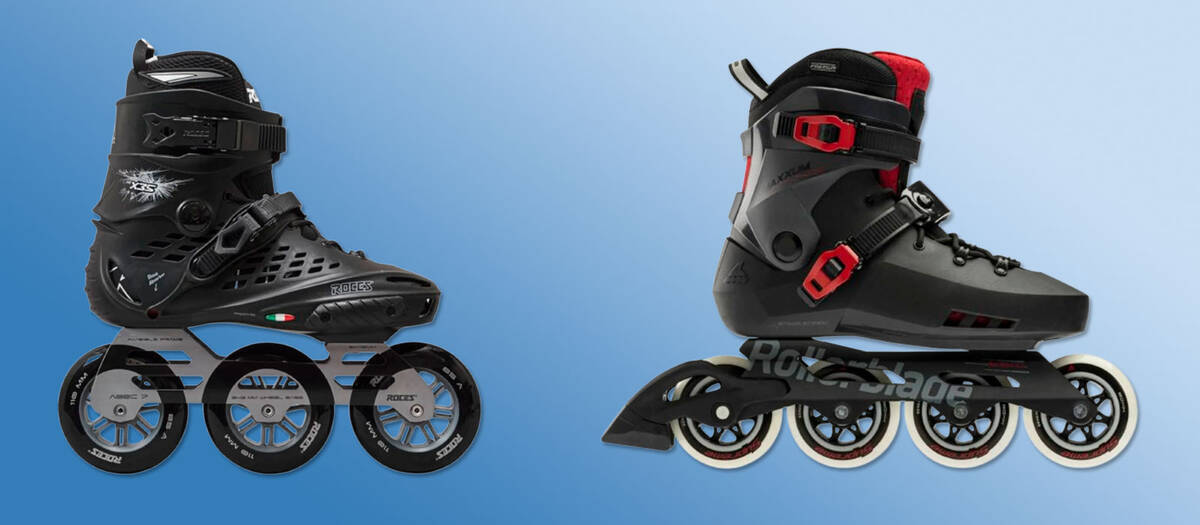
When choosing between 3-wheeled and four-wheeled skates, consider these factors:
- Beginners: Choose four wheels: Four-wheeled skates provide superior stability, making them the preferred choice for novice skaters.
- Benefits of triskates: For seasoned skaters, three-wheeled skates offer notable benefits. Their shorter wheelbase improves manoeuvrability, facilitating sharper turns and easier trick execution. Additionally, they support larger wheels, advantageous for those covering longer distances.
- Wheel size: Triskates accommodate larger wheels without elongating the skate, enhancing speed while maintaining agility. This is particularly beneficial for experienced skaters seeking performance boosts.
Your choice between 3-wheeled and 4-wheeled skates hinges on personal style and preference, rather than a right or wrong selection.
Is a Rockered Setup Superior for Freeskating?
A rockered wheel setup can be transformative for seasoned freestyle skaters. This arrangement, where front and rear wheels are slightly smaller than the middle ones, creates a curved wheelbase, improving agility.
For novices, however, a rockered setup might feel unstable and less controllable, complicating the process of learning fundamental techniques. Beginners may benefit more from a flat setup, offering enhanced stability and easier use before migrating to a rockered configuration.
A glance at frame types reveals some skates as ‘rockerable’. This means the front and rear wheels can be adjusted to higher positions for increased manoeuvrability. Achieving a rockered setup is also possible by rotating wheels to wear out the outer ones faster than the centers.
Maintain Your Freeskates
To ensure peak performance of your freeskates, consider these maintenance tips. After substantial skating, switch your skate wheels’ positions within the frame and flip them to promote even wear on both sides. Wheel rotation is where most skaters develop unique routines, but our guide can assist if you're uncertain about starting.
We also offer instructions on cleaning and lubricating your bearings, along with overall inline skate maintenance, such as keeping them clean and odour-free.
Size Selecting Guide for Freeskates
Follow these suggestions for a seamless and comfortable freeskating endeavour:
- Refer to the size guide: Utilize the sizing guide on each product page to ensure a flawless fit.
- Match your shoe size: Opt for a size akin to your regular shoe size for optimal comfort.
- Opt for a snug fit: A tight, snug fit enhances control and stability during skating.
The Significance of Skate Protection
We strongly endorse the use of certified protective gear for maximum safety and durability. At SkatePro, our protective equipment complies with EN 1078 standards and has undergone thorough testing by experienced skaters. Quality protection not only ensures safety but also fosters confidence in learning new tricks and refining technical skills faster, as you feel more secure when expanding your limits.
